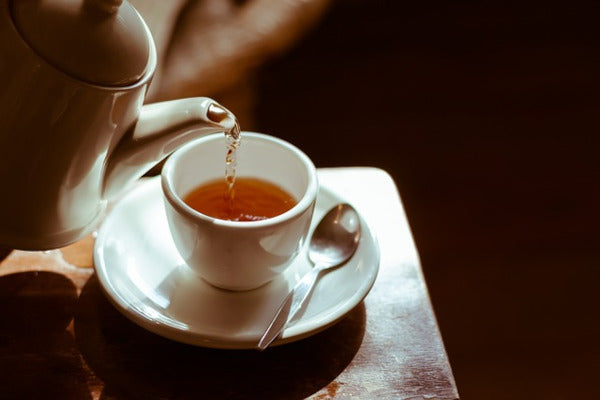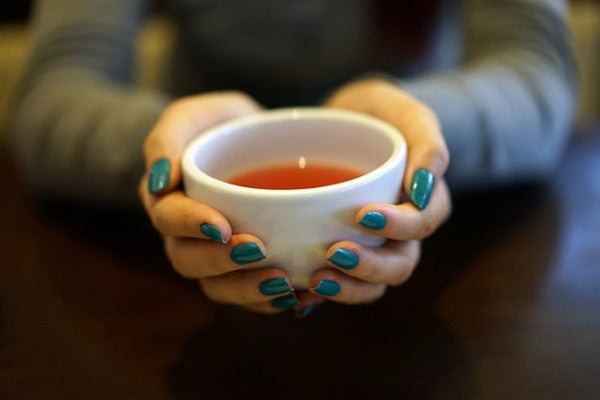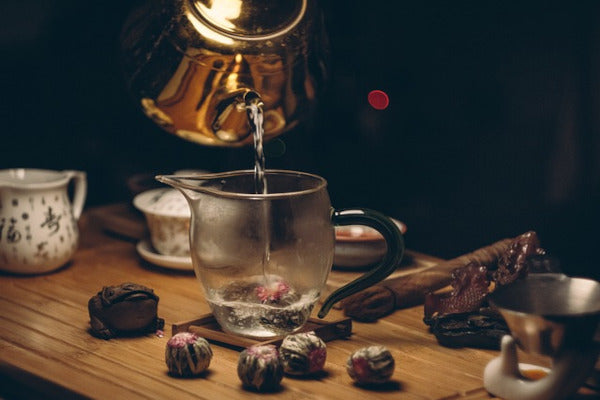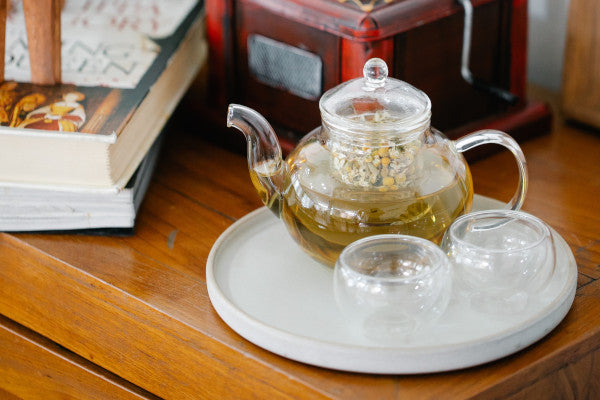This tea is made from the bush found in the Cedarberg and Langkloof regions of South Africa. It's also known as "honeybush" or honeycomb tea. The infusion made from its leaves, stems, and flowers is very similar to Rooibos tea. Here, you'll learn about Honeybush tea , its flavor, uses, and recipes.
If you like Rooibos tea, you're sure to enjoy Honeybush tea. Besides having the same origin, it doesn't contain tannins or caffeine. The tea comes from the Fynbos biome, which grows wild in the Cedarberg and Langloof Mountains. Because of its growth, some families already cultivate it in their gardens. To maintain its properties, it is harvested by hand.
Although it's not yet as popular as other teas, there is at least scientific interest in investigating its benefits and properties. These include its mineral content and high antioxidant content. It is said to protect skin cells from ultraviolet (UV) rays, improve skin elasticity, and keep skin hydrated.

Honeybush Tea Flavor
For hundreds of years, South African settlers were deeply interested in the medicinal properties of honeybush tea . The use of this tea likely originated with the indigenous Khoisan people.
Honeycomb tea uses fermented leaves and stems to prepare it. Drinkers describe its flavor as toasty and honey-like. Although it resembles Rooibos tea, it is sweeter and fuller-bodied. The flavor you get from honeybush tea will depend on how you prepare it and the leaves you use.
Benefits of honeybush tea
Drinking Honeybush tea frequently has a number of long-term health benefits.
- High in antioxidants. The main antioxidants it contains are phenolics, which play an important role in combating oxidative stress, which damages the body's cells. In addition to strengthening the immune system, it is excellent for combating aging.
- Natural anti-inflammatory. Studies confirm the effectiveness of phenolics in reducing inflammation and chronic inflammatory diseases, such as Crohn's disease.
- Relieves symptoms associated with menopause. Because it contains phytoestrogenic compounds, it plays a similar role to estrogen in the body. Therefore, it is effective in relieving symptoms of menopause and some types of cancer.
- Prevents tumor growth. Among its effects is inhibiting tumor growth, although green tea is said to be more effective. However, honeybush tea came in second as the most effective.
- Antiviral and antibacterial. It protects the immune system and fights and prevents many diseases, thanks to its phenolic compounds that inhibit oxidative stress. It is also said to be effective in relieving bronchial problems and treating coughs. The latter is due to the pinitol it contains, which acts as an expectorant.
- Antidiabetic properties. Another of pinitol's functions is to reduce blood sugar levels. Its effects are similar to those of insulin, which is why it is considered an effective medication for diabetes.
- Improves bone health. Bone metabolism benefits from the mangiferin and hesperidin compounds in tea. Hesperidin also protects bone osteoblasts from oxidative damage.

Honeybush Tea Recipes
With this honeybush tea recipe you will appreciate its sweet and refreshing flavor.
Honeybush tea with milk
Ingredients:
- 5 grams of honeybush tea.
- 85 grams of milk of your choice.
- Honey to taste.
To prepare it, follow these steps:
- Infuse the 5 grams of tea for 5 minutes in water at 87ºC.
- Mix the honey with the milk and froth it with a whisk.
- Pour the infusion into the cup and add the frothed milk.
- Let's drink!
Traditional Honebush Tea
You can find this tea bag at any store, whether online or wherever tea is sold. If you opt for the honeybush tea bags, just follow the instructions. Loose tea bags are also available for hot or cold beverages.
It is prepared as follows:
- In a teacup, place dried honeybush tea leaves at the bottom.
- You can do this in a kettle, but if you don't have one, boil the water and let it sit for a few minutes.
- Pour the water over the cup with the leaves.
- Let it rest for a few minutes so that the leaves release their nutrients.
- Strain the preparation and drink.
- The leaves can be reused for another cup of tea.

Side effects of honeybush tea
The effects of drinking honeybush tea are still unknown. However, any herbal preparation intended for use to treat a condition should be consulted with a doctor. This is especially important if you are taking medication, as it can interfere with the enzymes that metabolize it.
On the other hand, some microbial infections have been reported during the fermentation process. However, this can be avoided by steeping the tea in water at 60°C, ensuring it's safe to drink.
Finally, due to limited research on its side effects, it is not advisable for pregnant or breastfeeding women. Honeybush tea is caffeine-free and can be drunk warm on cold days or in an iced version for very hot days.






